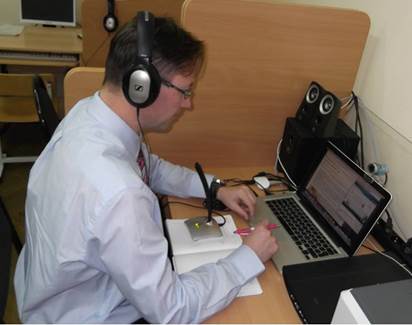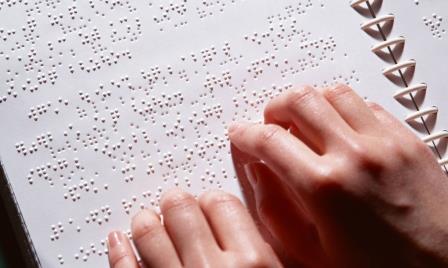Tan J. P., McWilliam E. L. Cognitive playfulness, creative capacity and generation. LIFELONG EDUCATION: The 21st Century.
2013. № 2.DOI: 10.15393/j5.art.2013.2090
2013. № 2.
 | Tan Jennifer Pei-Ling PhD, research associate at the Office of Education Research at National Institute Of Education (Singapore) jen.tan@nie.edu.sg |
 | McWilliam Erica L PhD, professor of the Centre of Excellence for Creative Industries and Innovation at Queensland University of Technology. (Australia) erica.mcwilliam@qut.edu.au |
|
Keywords: сognitive playfulness formal academic schooling Web 2.0 open-source community-based digital learning innovation |
Abstract: This paper draws on doctoral study of student engagement with new digital media technologies in a formal schooling environment to demonstrate the importance of playfulness as a learning disposition. The study shows that cognitive playfulness mobilizes productive engagement with learning innovations in the context of a traditional learning culture. Specifically, the paper discusses findings that emerge from a quantitative study into the level of student engagement with, and usage of, one school’s digital innovation in the form of a new Student Media Centre (SMC). The study analysed how different student learning dispositions influence the extent to which students engage with new digital technologies in the context of their otherwise traditional schooling. What emerges from the study is the interesting finding that cognitive playfulness, defined as ‘the learner’s dexterity and agility in terms of intellectual curiosity and imagination/creativity’, is a key factor in predicting students’ valuing of the opportunities that Web 2.0 open-source digital learning affords. In presenting an empirical validation of this finding, the paper contributes new knowledge to the problematic relationship between student-led digitally-enhanced learning and formal academic schooling. |
Displays: 8072; Downloads: 1660;
DOI: http://dx.doi.org/10.15393/j5.art.2013.2090











